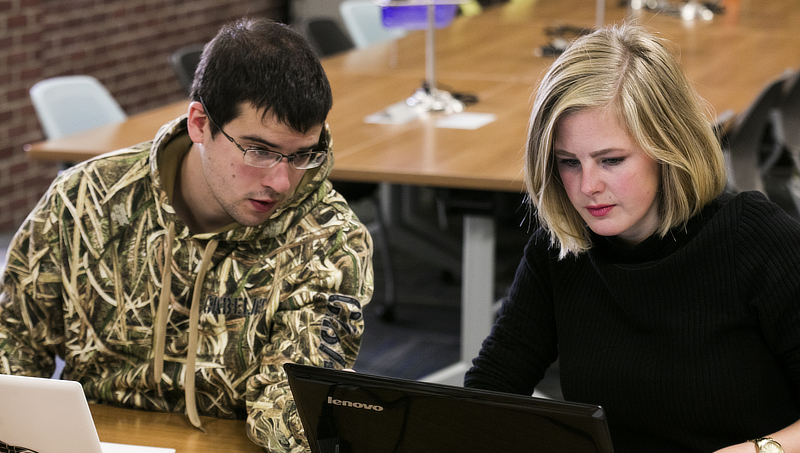Charger Family Connection
Education On Loans

How will your student pay for their college education? Will you have to help? As you and your student sit down together to look at college financing options, you can (and should) start with free money whenever possible; search out all the scholarships and grants you can find. But be prepared to add loans to the list of aid possibilities. It’s true this type of aid is not free (your student will have to pay it back when they graduate), but the terms of many loan programs are quite favorable. Responsible borrowing for education is a great investment.
Consider some of the primary sources of loans available to your student and your family.
"Responsible borrowing for education is a great investment."
Direct Loans are the most common type of student loans, and everyone can participate. Students with financial need (as determined by the results of the FAFSA) are eligible for the subsidized Direct Loan program. For this type of loan, the government will pay the interest that accrues while the student is in school. Students who don’t have financial need (as determined by the FAFSA) can still get a Direct Loan—however their loan will be unsubsidized, meaning they are responsible for paying the interest that accrues while they’re in school. Students with unsubsidized loans can choose to defer this interest and add it to the principal of the loan; however this will increase their payments once they graduate.
So, how much can your student borrow? A first-year student can borrow up to $5,500 (up to $3,500 of which can be a subsidized loan, if they qualify). The loan limits increase for upperclass students: sophomores can borrow $6,500 (up to $4,500 subsidized); juniors and seniors can borrow $7,500 (up to $5,500 subsidized). Moreover, first-year independent students or dependent students whose parents are denied a PLUS loan (detailed below) can apply for an additional $4,000 in unsubsidized Direct Loans. The relatively low interest rates and favorable repayment terms of Direct Loans make this a good place to start borrowing.
The PLUS Loan for credit-worthy parents of dependent students is another option to help pay for your student’s education. Parents may take advantage of this federal program to borrow all or any part of their student’s out-of-pocket expenses that remain after other aid is deducted from the bill.
If you aren't in a position to borrow or you feel that it is the responsibility of your student to do so, a private student loan might be an option. Many loans with a variety of terms exist in this category.
Regardless of your student's borrowing needs, they should talk with the colleges they are considering about loan processing procedures and the particular programs and lenders most commonly used there. Be sure to educate yourself and your student about the options, limits, interest rates, and repayment plans so they can make the best choices for their future.
Copyright Zeal40
Unauthorized duplication is prohibited by law.